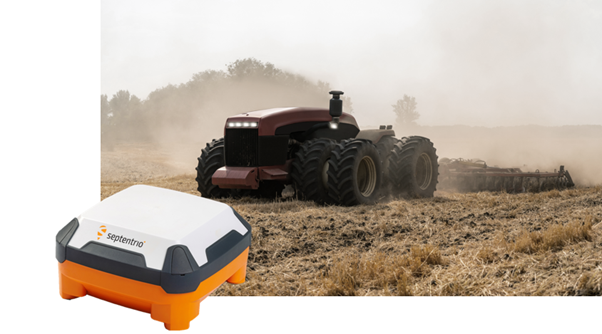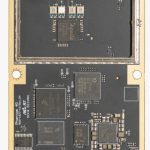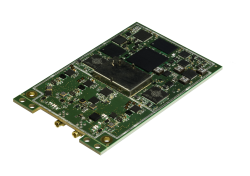Septentrio has announced the release of AntaRx-Si3, a GNSS/INS Smart Antenna housed in an ultra-rugged enclosure, designed for straightforward installation on machinery like agricultural robots. It combines Septentrio’s high-accuracy GNSS positioning with an Inertial Measurement Unit (IMU) within the same enclosure as the GNSS antenna, utilizing FUSE+ technology.
Launched on February 5, 2024, in Leuven, Belgium, the AntaRx-Si3 is tailored for operation in challenging industrial settings where GNSS signal reception is at risk of obstruction, such as under heavy foliage. The integration of the IMU sensor with FUSE+ technology benefits continued position availability, positioning integrity and reliability, necessary for autonomous systems’ operations.
Danilo Sabbatini, Product Manager of GNSS/INS at Septentrio, highlighted the practical benefits of the AntaRx-Si3, stating, “With AntaRx-Si3 you get a receiver delivering positioning information with a high level of availability and integrity, that you can install with minimal effort. This is especially beneficial for after-market upgrades. It also allows removal of this valuable component at the end of the day to protect against theft or vandalism.”
The AntaRx-Si3 exterior is crafted from impact-resistant polycarbonate with an IP69K rating, ensuring it can withstand significant shocks, vibrations, and harsh environmental conditions. This multi-frequency receiver boasts Septentrio’s high-accuracy RTK positioning to the centimeter level.
Leveraging Septentrio’s GNSS+ algorithms, the AntaRx-Si3 offers advanced multipath mitigation, facilitating operation in environments where satellite signals might be reflected off surrounding machinery or structures, such as silos. It delivers high update rates and low latency positioning, crucial for the control loops of autonomous movements or rotations.






